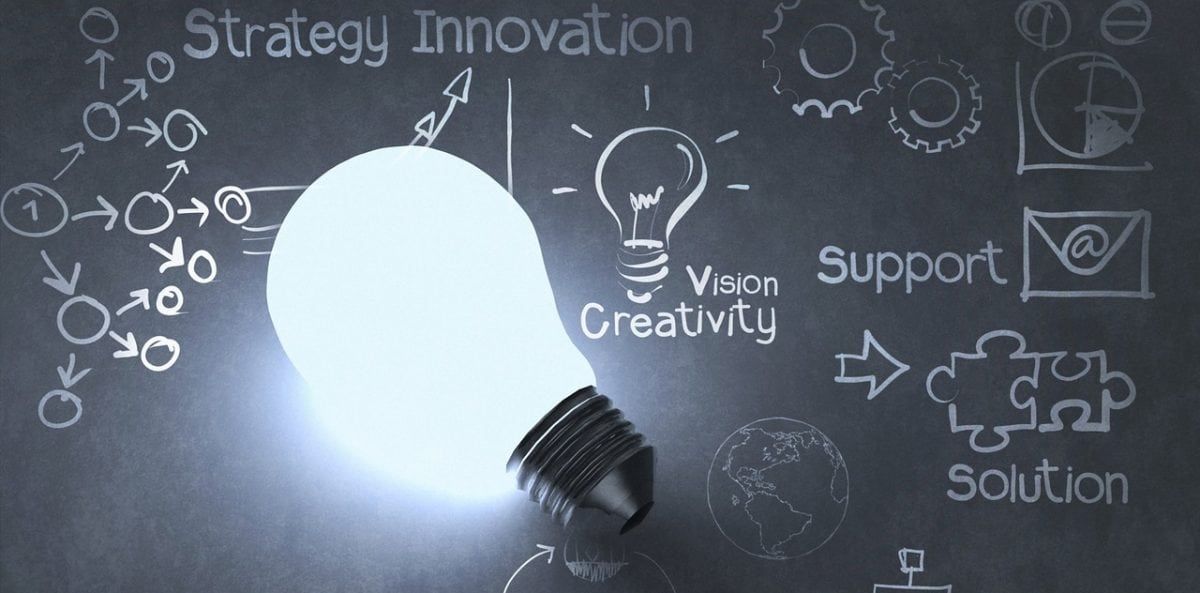
Technology has brought a complete overhaul in how the society learns, collaborates and communicates. Digital transformation is an eventual social revolution that brings unavoidable changes to all industries, as opposed to a fleeting hype or trend.
Most industry players in the contemporary society view this digital transformation in an information revolution era as a process that brings a lot of challenges with it. However, that perspective is wrong, and any successful endeavor needs to tap the strengths and opportunities provide, to adjust and grow personally and in business.
Education field has the opportunity to nurture young and bright brains, improve learning approaches and meet expectations of the learner, modern technology. So far, a lot of changes have taken root in schools, towards incorporating Information Technology (IT) in the learning process. Whiteboards are slowly taking the place of the usual blackboards in schools across the world.
The main agenda in the current changes are putting a student-centered education model in the place of the traditional teacher-centered one. Teachers are using visual classroom learning aids such as digital overheads and the document camera. Such equipment plays a big role in helping teachers to present organized lessons to students so that they can understand concepts better.
Math teachers encourage students to take part in sessions by projecting workings on the whiteboards, then allowing them to input their feedback. This helps encourage students to be active in class and saves on time that teachers would otherwise use on study material circulation and photocopying.
Internet research gives students an unbelievably wide knowledge base, helping them find more data for their research projects. The internet helps multiply knowledge, increase discipline and commitment, and encourages class participation making education an interactive and interesting course.
Innovative educators recognize the fact that education and technology are inseparable, and are eager to create an avenue for bridging between the student and information. With this regard, researchers are developing tools and applications for use by students and tutors.
Most schools have Wireless Fidelity (Wi-Fi) hotspots, meant to provide students with a reliable internet connection. Developing countries are increasingly embracing technology in their education system. Some of them are currently striving to ensure that each kid knows how to use the laptop, from the age of seven.
Teachers are also applying various classroom technologies, including smartphones, tablet computers, smart boards, digital videos, games, and projectors. Moving from one point to the other with an iPad within the classroom, a teacher is able to involve students by use of smart TVs.
The traditional teaching methods aimed at making students memorize things that they could remember all their lives. However, technology has introduced means of equipping them with skills for finding, validating, synthesizing and using the information to communicate and solve problems, through collaborating with it for own benefits.
Technological integration with education fully transforms the classroom environment from the traditional set-up, making learning an interesting experience for the students and teachers. Therefore, all educational institutions need to embrace and employ it for innovation and improved results.